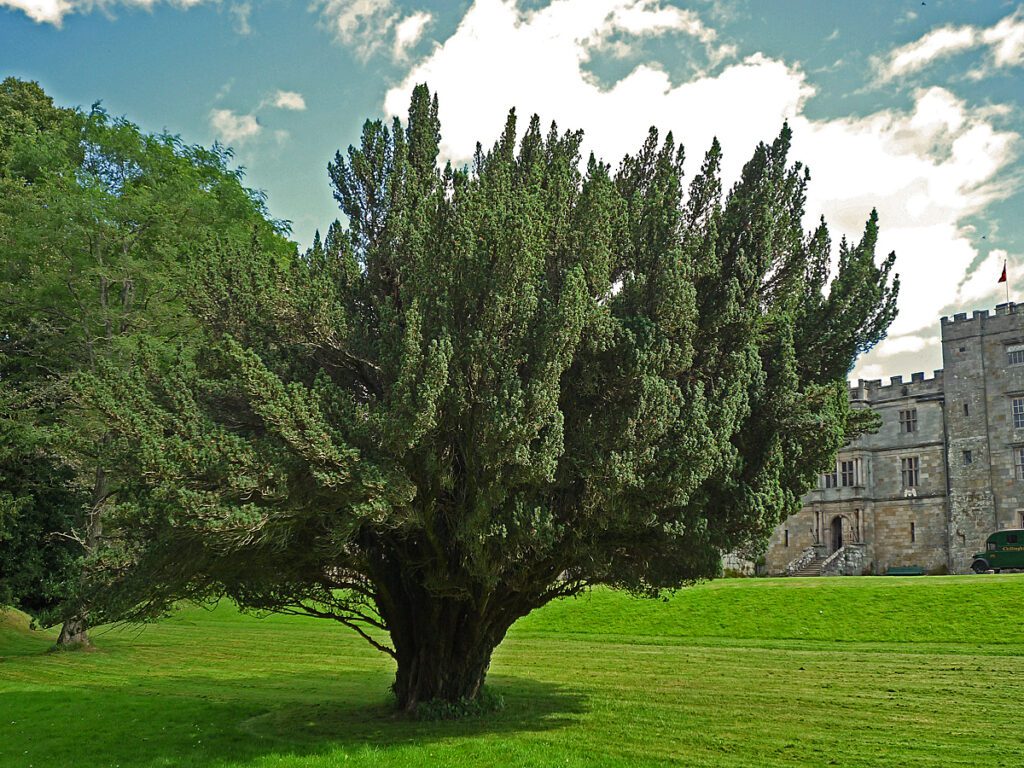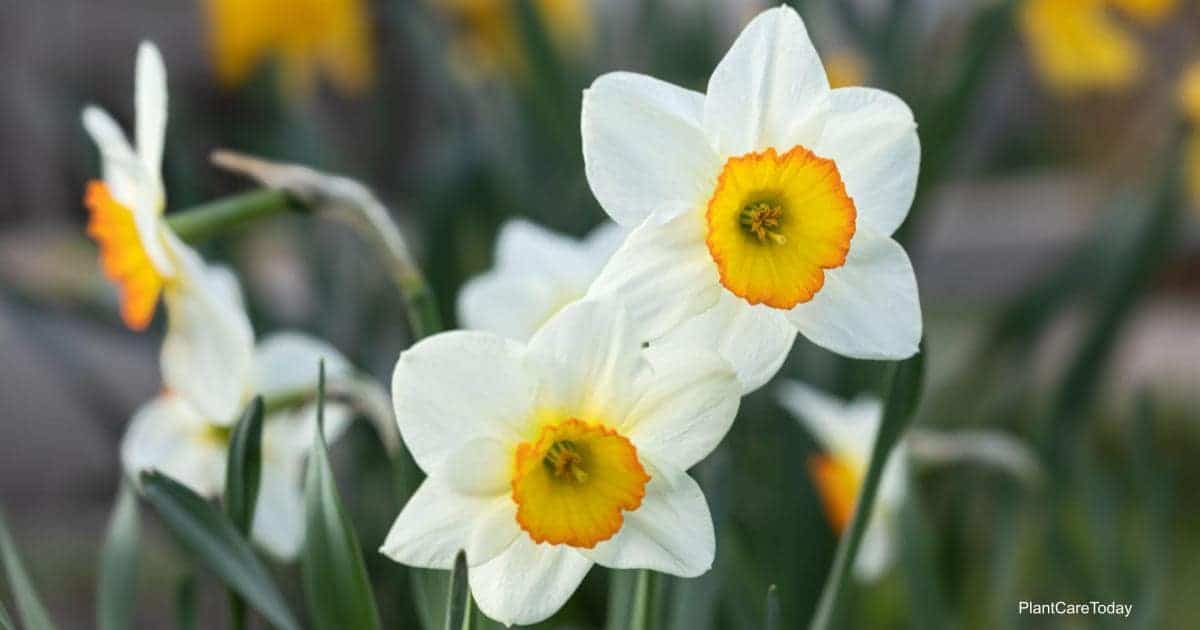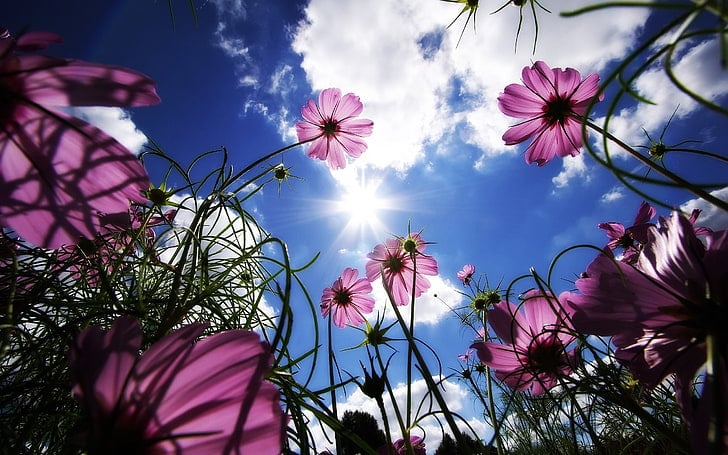The Ultimate Aloe Vera Houseplant Guide: Care and Growing Advice
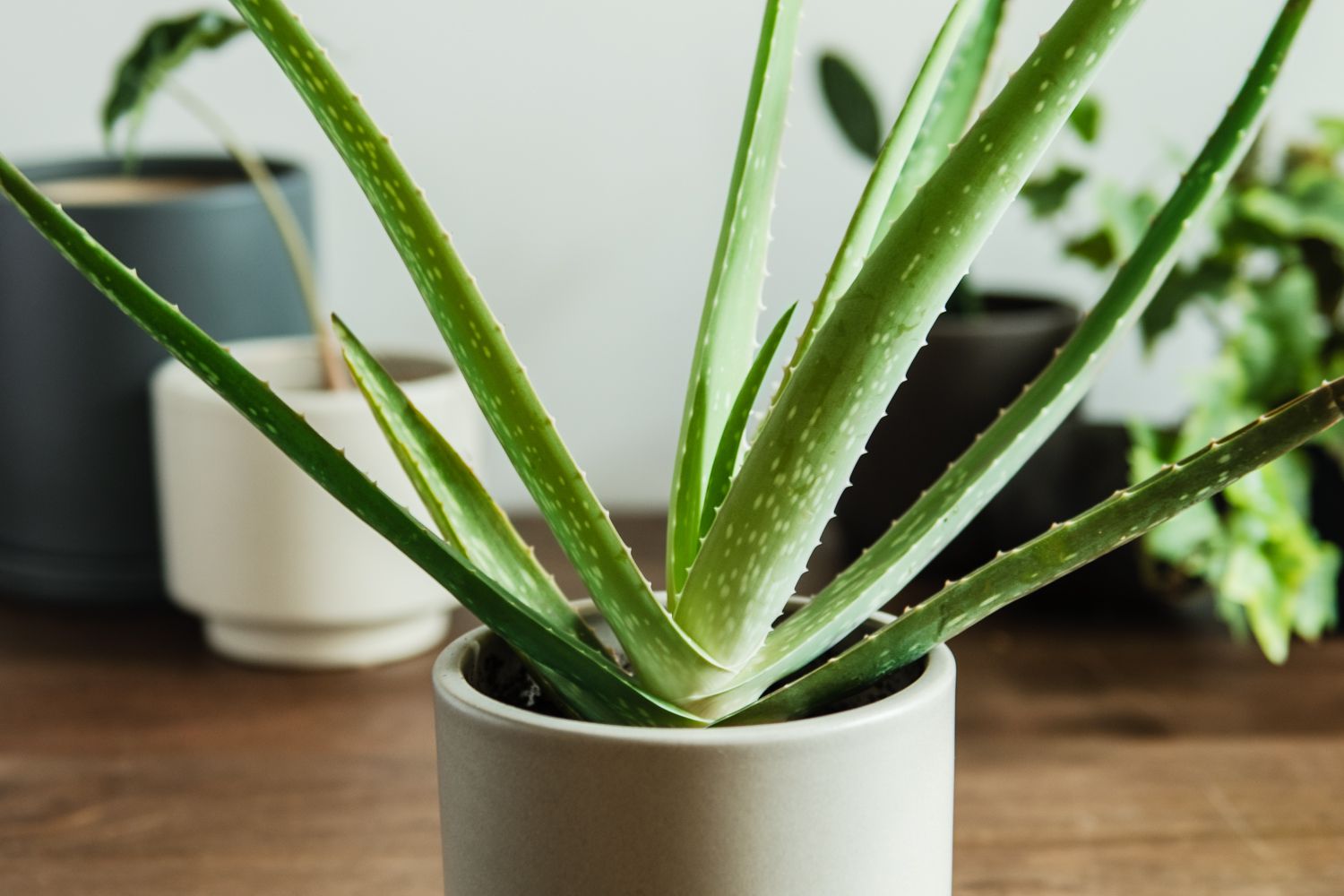
Table of Contents
Aloe Vera Plant is quite a desired plant in households. In fact, it is one of the most-grown indoor plants offering so many benefits. It’s an air-purifying plant that is easy to maintain, and the gel that secretes from its leaves helps reduce acne and wrinkles. The gel even helps heal wounds and relieve pain from burns or scars.
It is a succulent plant species with very short stems and thick-green leaves spreading across. It even blossoms spiky flowers in yellow, red, or orange shades when kept in good condition.
So, if you plan to sow aloe vera plants, especially in the UK, this guide will help you achieve that in simpler terms. Moreover, these plants grow well in bright, indirect light. So, save up a cleaner spot, indoors or outdoors, and breed them.
How to Grow Aloe Vera Plants
Aloe plants are perfect for having them at your place or for gifting purposes. These plants are easy to grow, and you can even quickly replant them. So, try these three ways to learn how to grow such valuable plants. You can plant them by breeding seeds or potting the plant indoors or outdoors.
1. Breeding Aloe Vera Plant from Seeds
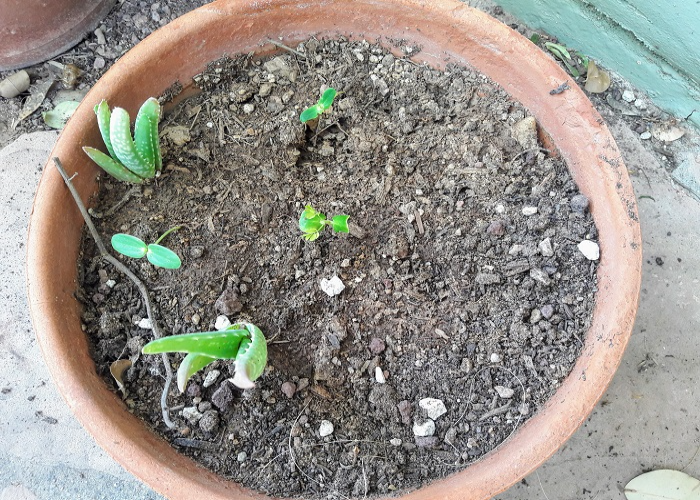
Aloe plants usually don’t grow from seeds as they are hardly available. So, buying aloe vera plants in the UK online or from a nursery is an ideal option. However, if you still like to try, follow these steps:
- Collect the seeds from an existing plant or purchase them if possible.
- Prepare a mix of peat and sand, and sprinkle the seeds on them.
- Cover the seedlings with the soil and lightly water them.
- Put them in a sunny spot, keep checking the moisture regularly, and water when required.
They will start germinating in 2-3 weeks, and you’ll have an aloe plant flourishing in your place.
2. Breeding Aloe Vera Plants Indoor
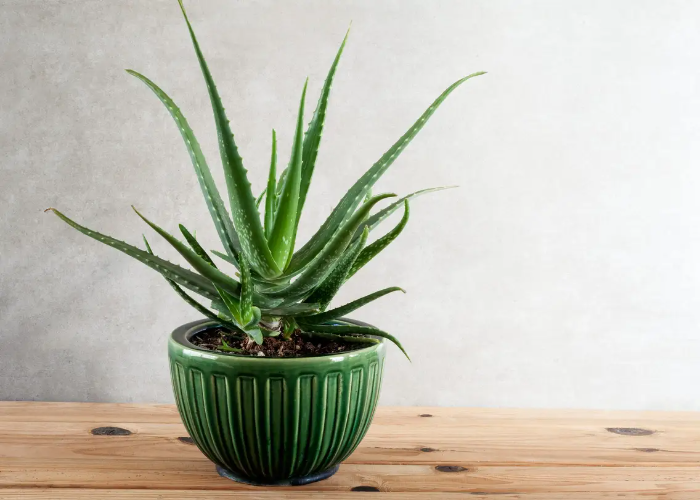
Before planting aloe vera indoors, remember a few things. Choosing a suitable container goes a long way, so go for terra-cotta or similar pots. These pots will allow the soil to dry appropriately and keep the plant healthy enough.
Use a good potting mix or purchase a succulent mix and set it inside the pot. Cultivate or repot your aloe in the container and cover it with more soil. Water the plant heavily in its initial stage but also let the soil dry off completely. Find a perfect spot in a bright, indirect light for your plan, and you are done.
3. Breeding Aloe Vera Plants Outdoor
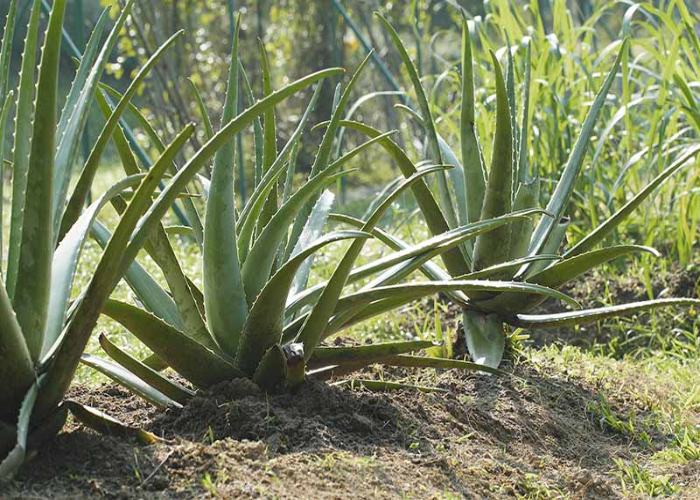
When it comes to breeding aloe vera plants in the UK, your place must have warm climatic temperatures all year long. Then only your plant will be able to mature fully. Chilly weather can kill aloe vera plants, as they are a desert species.
Find a clean spot with good sun exposure, and let the plant soak in sunlight and grow happily. Water the plant whenever necessary. And, if the leaves start wilting or turning brown, you have probably drowned them in excess water. Let the soil completely dry off, remove any withering leaves, and your plant will be as good as new.
Various Species of Aloe Plants
Aloe plants have over 500 species to choose from. So, here are some most popular aloe varieties for you to pick.
1. Aloe Polyphylla
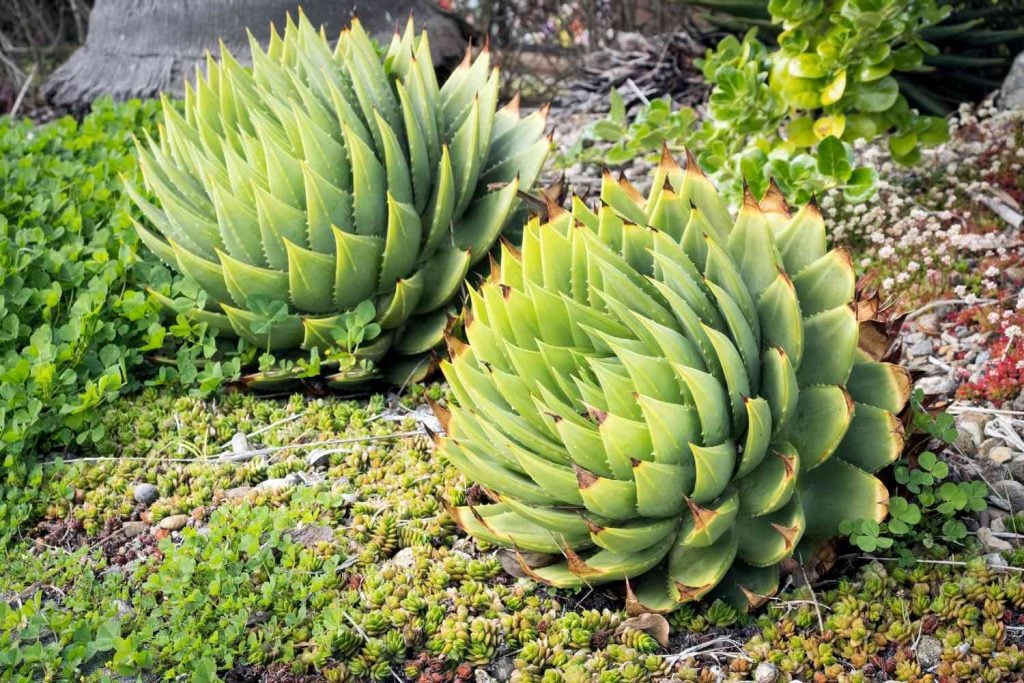
Aloe polyphylla, also known as spiral aloe, has short leaves arranged in rows that spiral. The plant bears orange flowers and grey-greenish leaves with purple tips.
2. Aloe Ciliaris
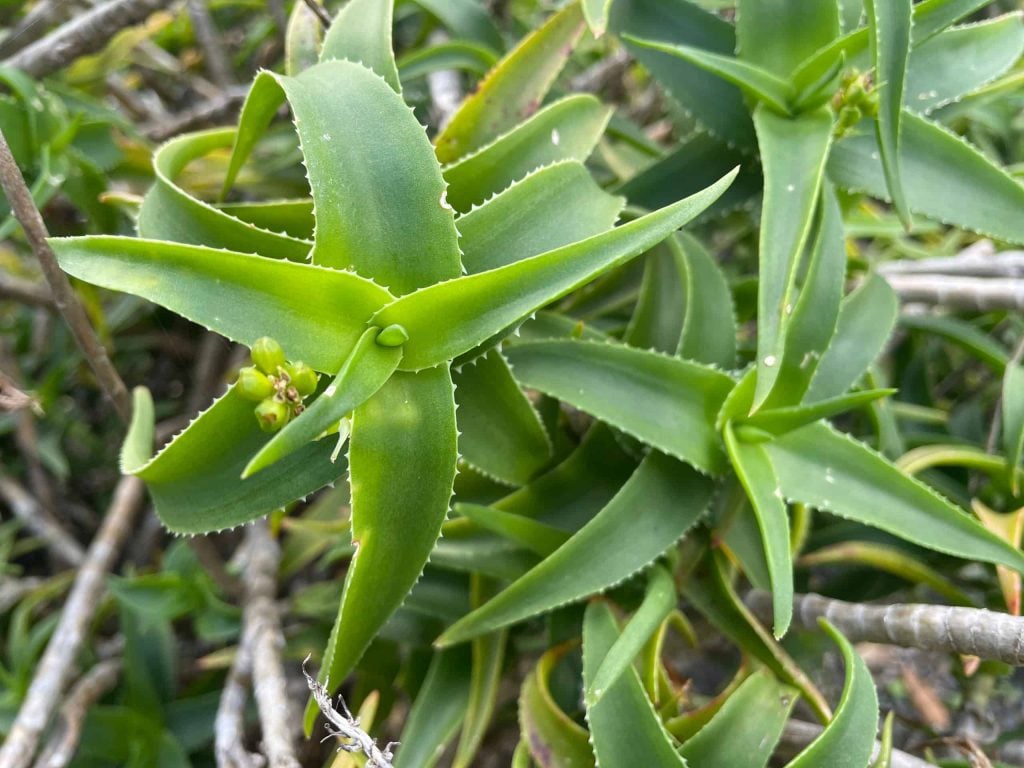
Aloe ciliaris, or climbing aloe plant, has thick stems that extend up to 30 feet long. They have charming orange tubular flowers blooming at the tip of the leaves.
3. Aloe Vera
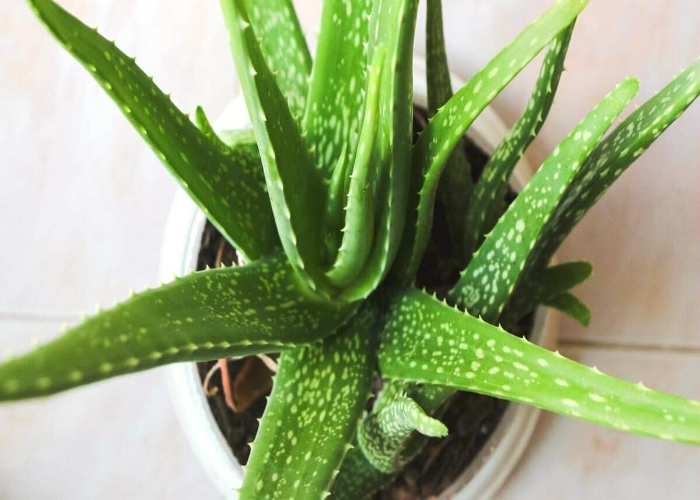
It is the most famous sowed plant with thick, greenish leaves spreading across the stem. Aloe vera leaves can go as long as 30-40 cm, while the flowers can go up to 90 cm.
4. Aloe Aristata
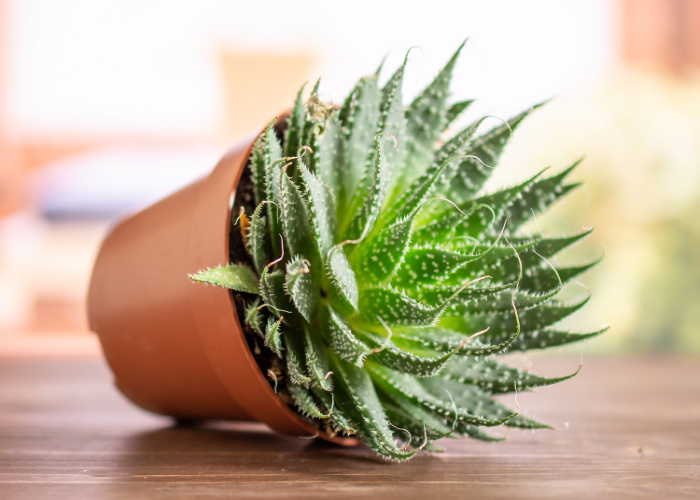
Also known as lace aloe, aloe aristata is a small, white-spotted plant with sawtoothed leaves. It is quite a toxic plant to grow in your garden, so breed it at your own risk.
5. Aloe Mitriformis
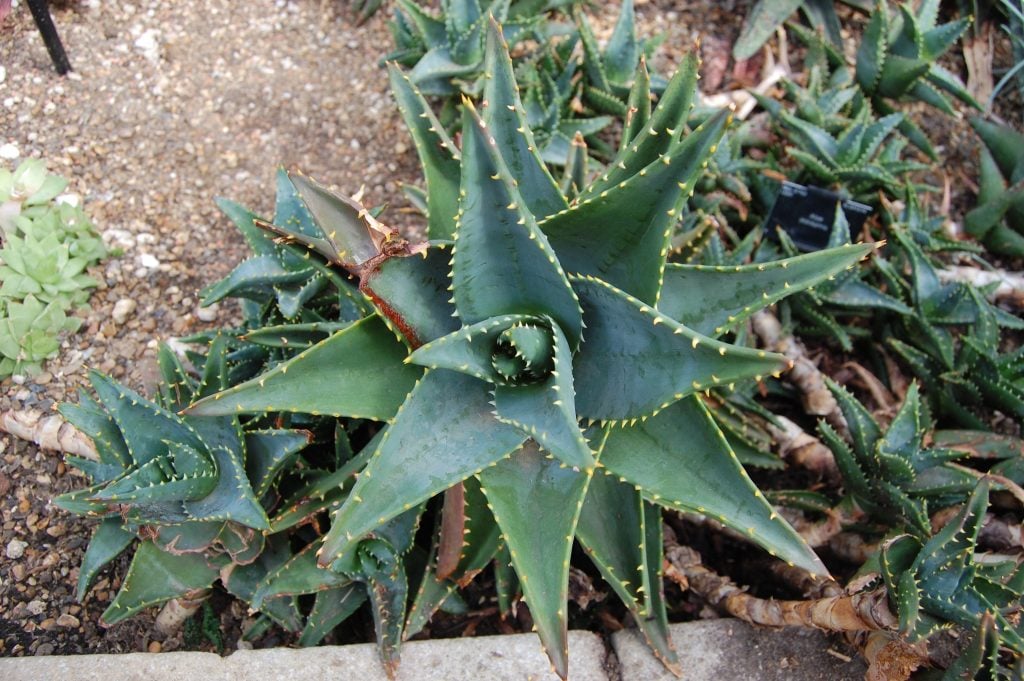
This plant is a smaller version of the aloe vera plant. It can grow up to 1-2 feet tall and has long, creeping vines. Aloe mitriformis can produce salmon-red flowers under adequate lighting.
6. Aloe Variegata
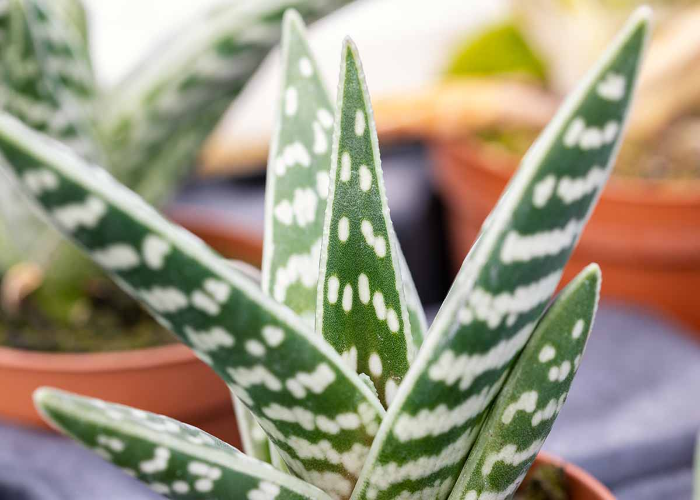
Aloe variegata, called tiger aloe, has smooth leaves with uneven, white stripes. They can bloom red flowers on the stem and grow up to 10-15 cm tall.
How to Care for Aloe Vera Houseplant?
Caring for aloe vera is way simpler as it’s a well-groomed plant with no sick leaves falling on the ground.
- Sun Exposure:Aloe vera plant in the UK grows best when kept in bright yet indirect sunlight. Allow the plant to soak at least 6 hours of sun before putting it in a shaded region. When growing aloe plants indoors, place them on a window having proper sun exposure. If you live in winter climates, use artificial light to fulfil the plant’s needs.
- Soil: Don’t use gardening soil for aloe plants, as they prefer sandy soils. Simply use cactus potting mix. You can also make up your own soil by mixing equal parts of coarse sand, peat moss and perlite. Choosing a pot with suitable drainage holes helps prevent them from being oversoaked in water.
- Watering:Water your aloe plant deeply, but not very often. Ideally, watering them every 2-3 weeks in spring and summer is adequate. When fall or winter comes, reduce it to every four weeks. Always check the soil’s moisture first to ensure you don’t overwater the plant. Your plant needs hydration if you feel leaves are wilting or turning yellowish.
- Fertilizers: Aloe plants are not heavy feeders, so they don’t really need fertilization. That said, fertilizing plants every once a year in spring helps grow them actively. Use a houseplant fertilizer or a phosphorus fertilizer. Don’t use it directly on the plant; read the instructions, dilute it to half its strength, and spray it on.
- Temperatures:The best temperature to cultivate aloe vera plants is between 13-27 degrees Celsius. Most UK homes’ temperatures are ideal for growing aloe plants indoors. You can even pot them outside in daylight and bring them back inside at night to protect them from chilly winters. Aloe can handle dry air but only a little humidity. So, find a suitable spot accordingly.
How to Re-pot Aloe Vera Plant?
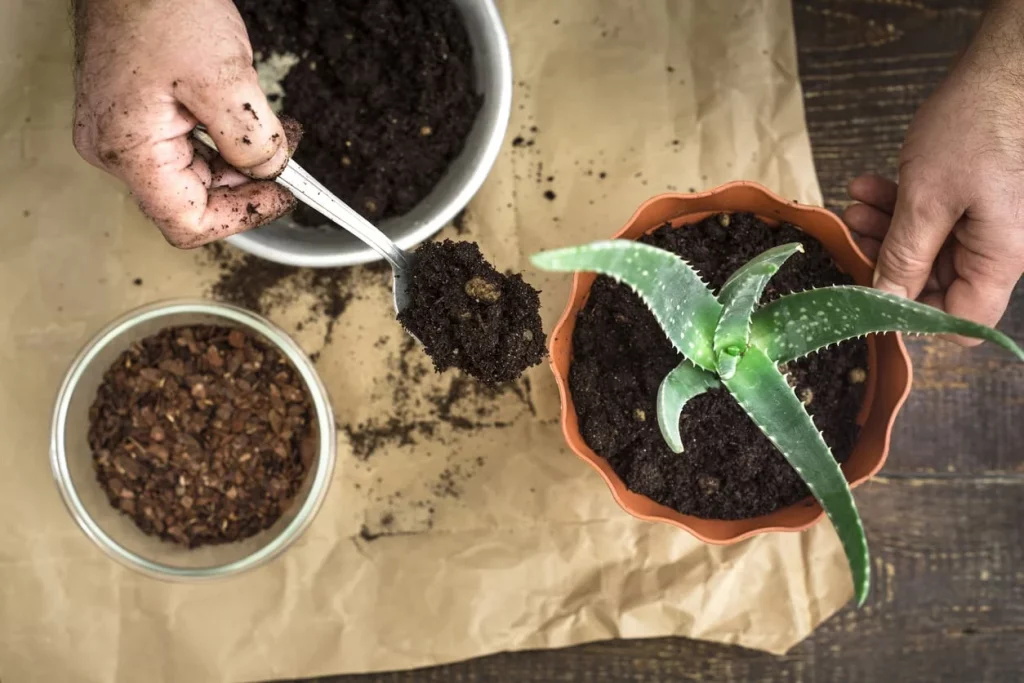
After maturing, aloe vera plants often produce offsets(pups) that can be removed and repotted as a fresher plant. Also, if the plant has outgrown its pot, it must be potted into a bigger container. So, if you consider replanting them, do it in spring while they are still growing. Here’s how:
- Choose a container vast enough for your plant with a sound drainage system.
- Water your plant frequently till it’s thoroughly moist. However, skip this part if plant leaves are withering due to excess water.
- Very carefully, take out your plant from its pot. If roots tag along, cut them using scissors without causing any harm.
- Place the plant in its new pot along with the cactus potting mix. And water immediately after planting it.
To learn how to remove and replant the offsets, read the part about propagating aloe vera plants.
How to Propagate Aloe Vera Plants?
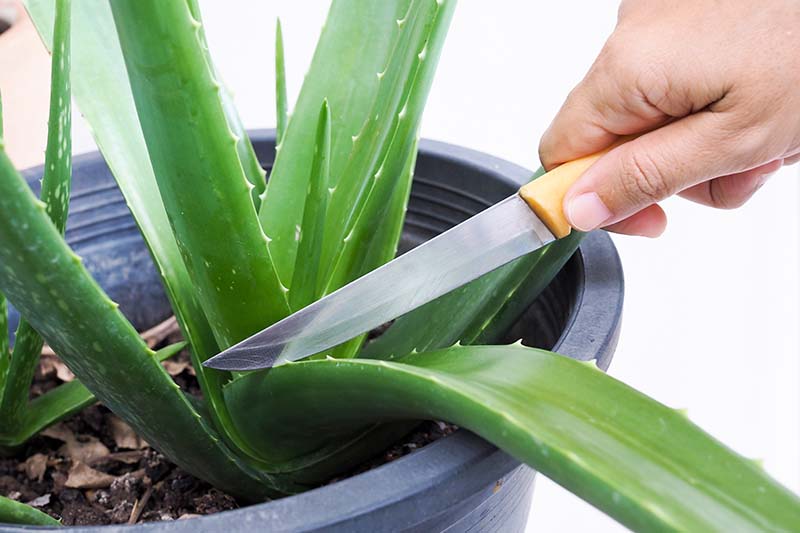
Propagating aloe vera plants in UK climates can be quickly done by regrowing the pups found at the base of the plant.
- Use a trowel, gloves, a new container and potting mix.
- Remove the offset attentively using a trowel and ensure you get as many roots as possible. You can also detach it by twisting it off from the mother plant.
- Afterwards, put it in a sunny place, letting any cuts to the callus over.
- Repot the plant with well-drained soil, water it, and place it in a bright, indirect spot.
The plant will take around 3-4 months to start growing roots. So, create a disease-free, clean environment to let it flourish.
Harvesting Techniques of Aloe Vera Plant
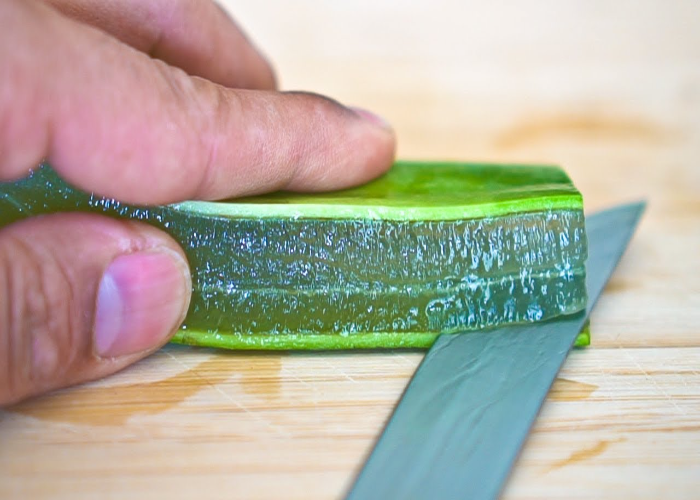
Aloe vera plant offers dermatologist-approved benefits. To use the plant’s soothing properties, take out a matured leaf and cut it lengthwise. Squeeze out the juice and apply it to the burning scar. The gel can heal first and degree burns and can heal wounds. Applying aloe ver gel even diminishes acne and marks on the skin. Some people even use it as a hair conditioner or makeup remover. The key thing to remember is not to ingest the gel, as it could harm the human body.
Flowering Aloe Vera Plant in the UK
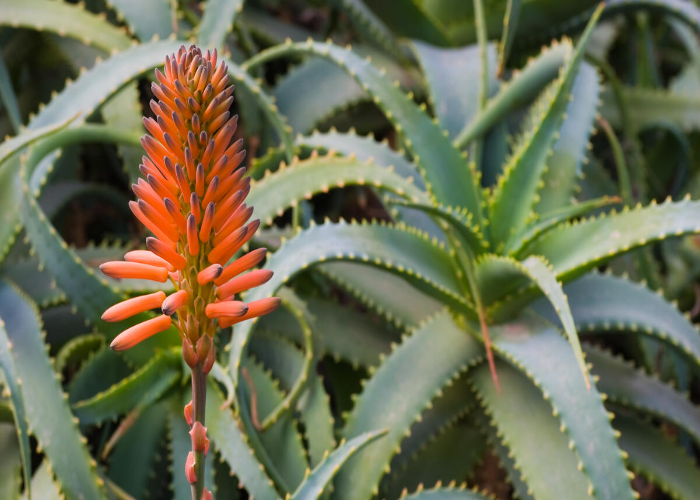
Aloe vera plants bloom rarely. The fact that they are planted indoors makes it more challenging. You can force the plant to flower, but you need to change the environment settings for it to happen. The ideal flower production conditions would incorporate tons of sunlight, especially in spring and summer. So, take your plant outside, and keep it moist enough without drowning the plant.
Aloe plants mostly flower in winter, so exposure to colder temperatures may help. But don’t keep them for longer, as they will start withering. With that much said, there’s still a good chance that your aloe plant may not flower. So, try to give it your best shot and hope for a miracle.
Common Aloe Vera Problems
Aloe vera is most likely to contract common diseases like root rot or leaf rot and attract mealybugs and aloe scales. Overwatering and lesser sunlight are usually the leading causes of such conditions.
1. Pests Issues
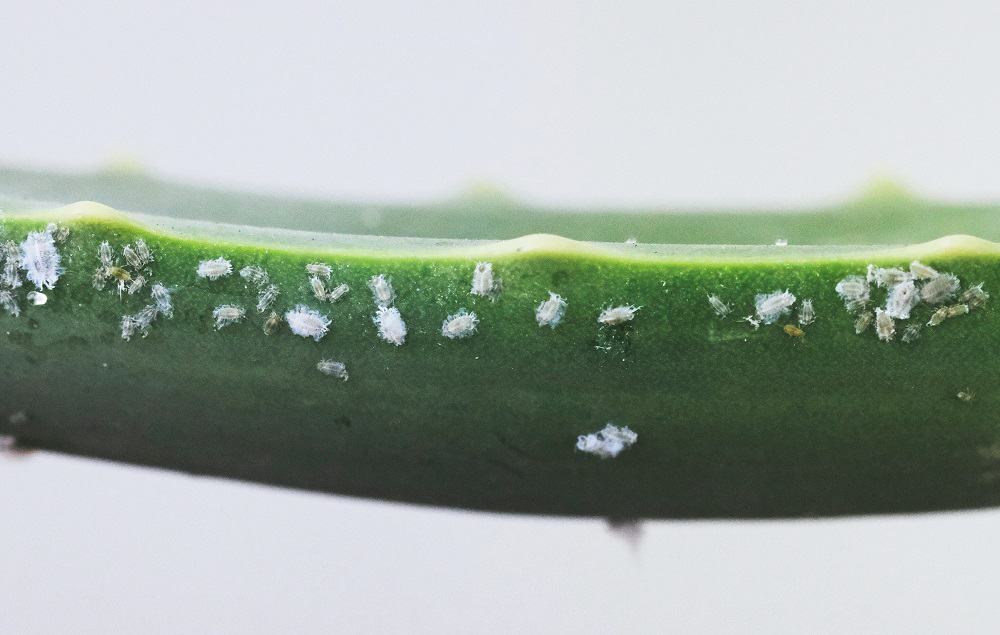
Mealybugs, aloe scales and aloe mites love the scent of aloe vera plants. These pests can do severe damage by either secreting sticky liquids or causing cancerous tumours in the plant. Dust them away with a soft cloth or use a fungicide to keep them away. If the leaves are heavily affected, pruning them might save your plant and make it healthier again.
2. Common Diseases
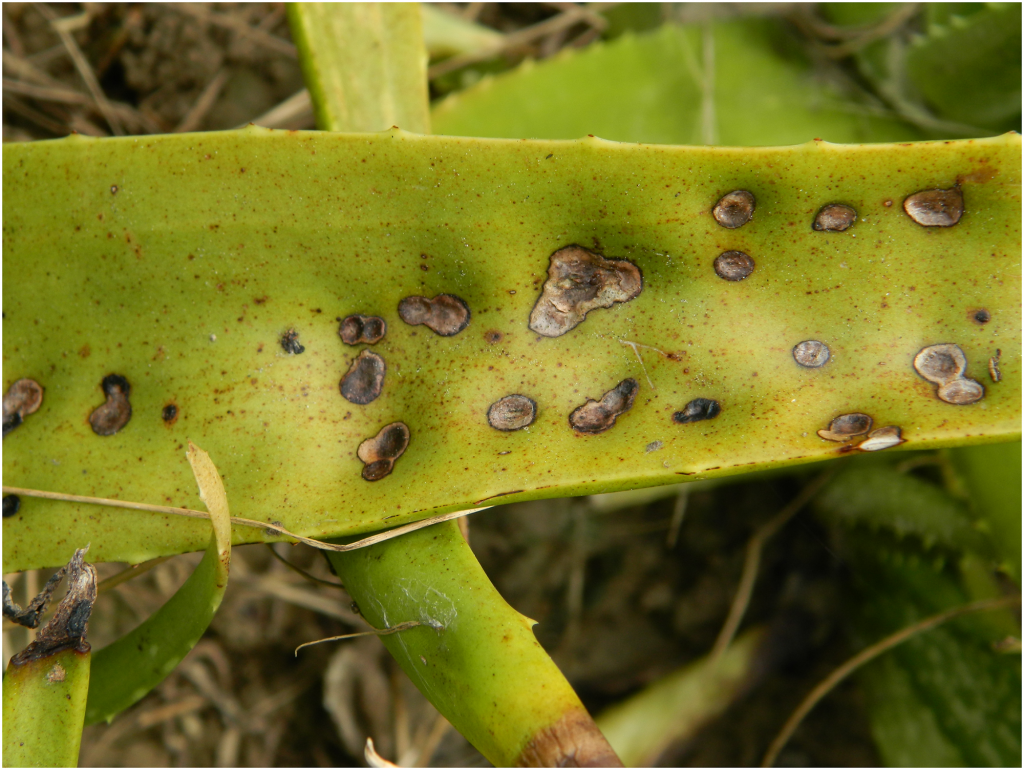
Colder temperatures or higher humidity can cause your plant to aloe rust. It’s a fungal disease turning the leaves yellowish-brown and eventually withers them. Simply deadhead the affected leaves and let fresher ones grow. Due to overwatering, there’s a chance that your plant may catch bacterial soft rot. It is a deadly disease with no cure. Just avoid overflooding, and your plant is good to go.
3. Overflooding Problem
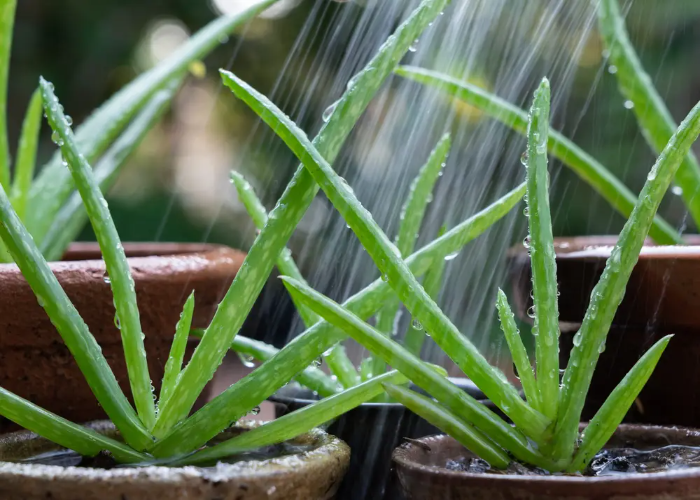
Overwatering is one of the most common problems the aloe vera plant in the UK undergoes. Aloe plants come from a desert-like environment that flourishes in hotter and drier temperatures with low moisture. To overcome this problem, let the soil dry off completely. Check the roots for any rot, and cut that part away if found. Also, deadhead any yellow or brown leaves and repot the plant in well-drained soil.
4. Colder Weather
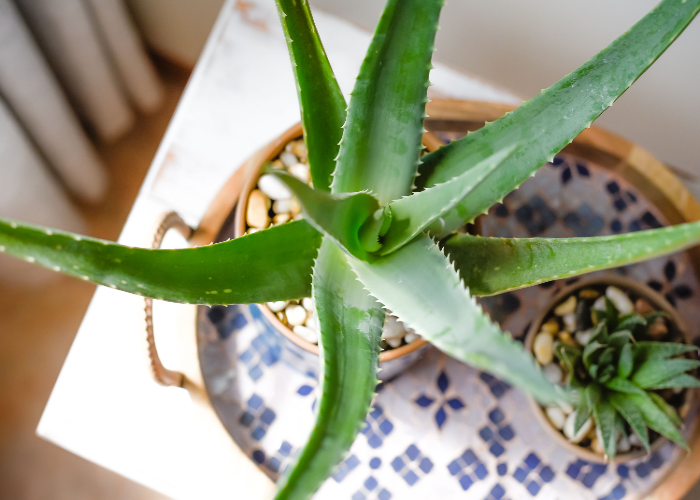
Planting aloe veras inside is a good idea if you live in a colder area. Aloe plants cannot handle temperatures dropping down more than 10 degrees Celsius. With a moderate climatic area, growing them outside is fine. All you need to do is stop watering them when winters start and continue when springs come along. Also, colder temperatures lead to incurable plant diseases.
5. Inadequate Lighting
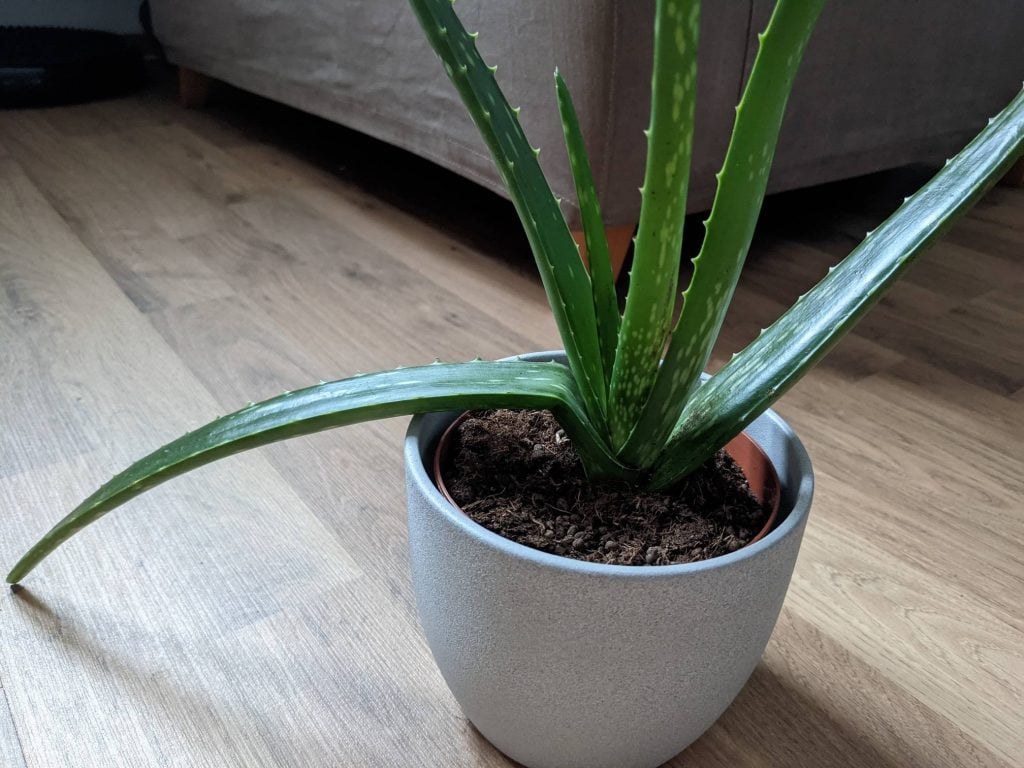
Aloe vera plant in the UK requires bright yet indirect sunlight to mature fully. If they don’t receive adequate light, they may start to deteriorate slowly. The symptoms to look out for are breaking or bending of leaves or the plant becoming leggy. Simply put the plant in a warmer, sunnier space. But don’t place it directly under sunlight, as it can cause the plant to burn.
Final Thoughts
In conclusion, growing and caring for aloe plants is pretty easy. Being a beautiful plant with extra medicinal benefits makes it quite an addition to your place. You can simply remove the grown leaf, scoop out the gel, and use it for personal use. If cut precisely, the leaf will regrow.
Always remember to use well-drained soil while breeding the plant indoors and place it under bright, indirect sunlight. Check the moisture before watering the plant, as aloe plants don’t require frequent watering. And drenching them in water would lead to diseases, rotten stems, and wilted leaves.
Are you getting eager to buy the plant? Just take a stroll to a nearby nursery or order online right away.
Frequently Asked Questions (FAQs)
How Long Do Aloe Plants Live?
Aloe plants can live for around 12 years with proper surroundings and maintenance when planted inside. If they are grown outdoors, they can last around for almost two decades. All you need to do is keep the environment similar to the plant’s natural habitat.
How Do I Know if My Aloe Plant Needs Watering?
Check the soil moisture using your fingers. It needs hydration if it feels dry or the plant is withering leaves. Sprinkle down some water on the plant till it becomes moist enough. However, if your leaves are turning soggy or mushy, you have probably overflooded the plant.
Can You Grow Aloe Vera Plant in Uk Households?
Planting aloe veras indoors works perfectly with the UK’s moderate temperatures. Sow them in containers with well-drained soil and only water when necessary. You can even grow them outdoors in summer and bring them back inside to protect them from winters.

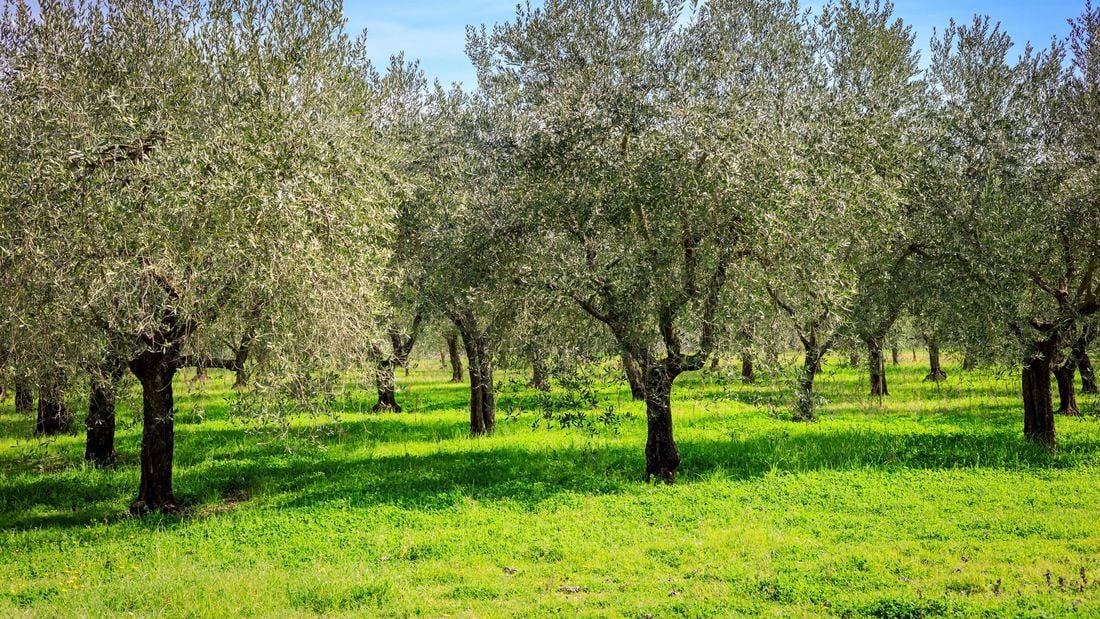
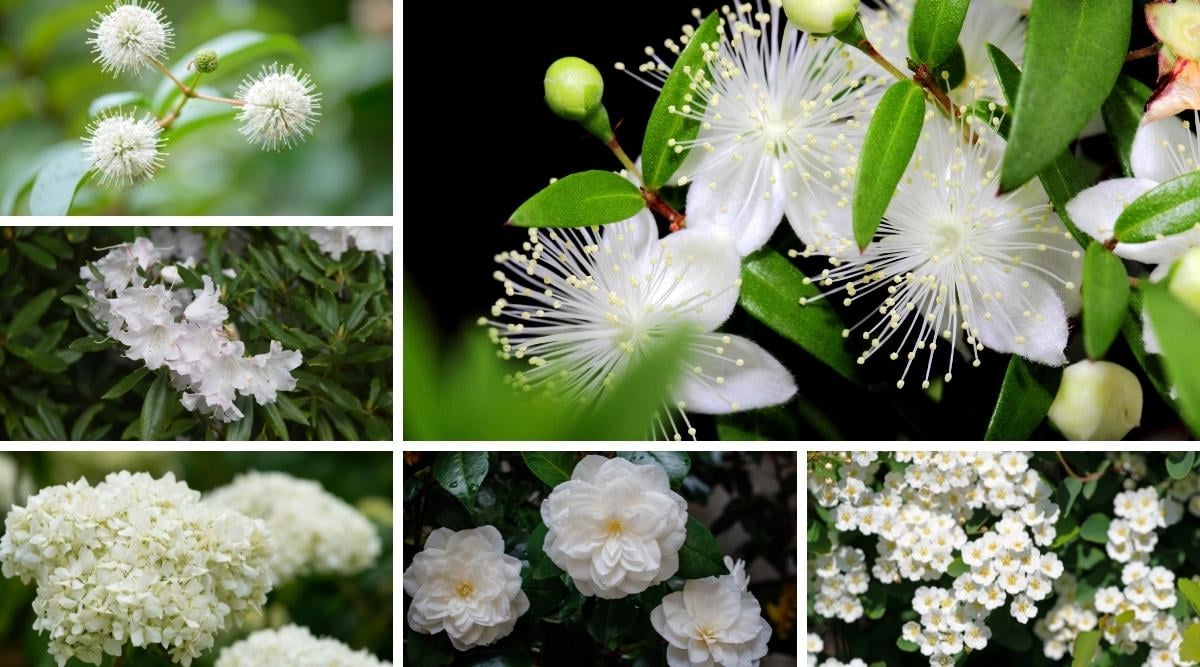
![How to Grow and Care for Berberis ‘barberry’ Plants [UK]](https://staging.thearches.co.uk/wp-content/uploads/Berberis-Barberry-Care-Growing-Tips-scaled.jpg)
